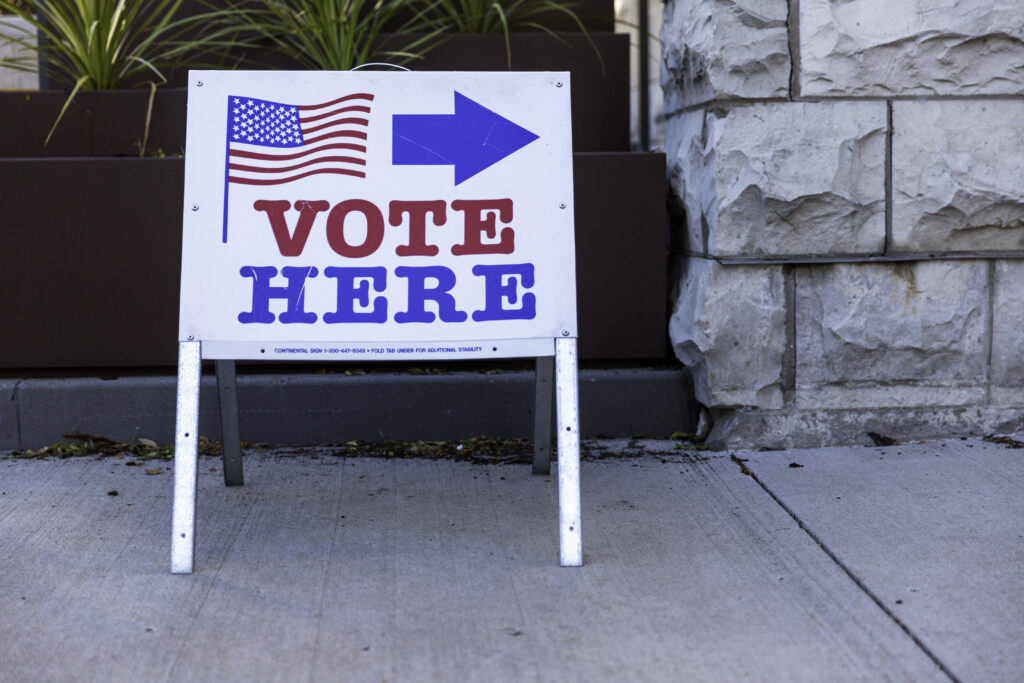Members of the public can now see and compare 10 years of spending votes by each member of Congress, using online tools at SpendingTracker.org, a federal watchdog group announced.
The website’s database allows users to look up the record of any member of Congress. It calculates an individual score in dollars of affirmative votes that increase or cut spending by representatives and senators in each session, and cumulative spending votes for individual members over multiple terms in office.
If a lawmaker votes to increase spending, the amount of the increase is added to his or her score. If he or she votes to decrease spending, the amount is subtracted from the score. The higher the score, the bigger the spender. In the last Congress, only seven lawmakers had a net negative score.
Newly added data include spending from the start of the Obama administration, the 111th Congress, which took office January 3, 2009, to the current, 116th Congress.
‘Unsustainable Spending and Debt’
The Coalition to Reduce Spending launched its online project SpendingTracker.org two years ago to increase transparency about spending and debt, says Coalition founder and president Jonathan Bydlak, a policy advisor to The Heartland Institute, which publishes Budget & Tax News. Bydlak also heads a companion group, the Institute for Spending Reform.
“Our generation is increasingly burdened with unsustainable spending and debt, while the vast majority of politicians claim to be doing the right thing,” said Bydlak. “Transparency into actual voting records is the missing piece.”
When SpendingTracker was launched in 2017, it had spending records for two years. Since then, the Coalition has taken 6,000 Congressional Budget Office spending estimates for legislative proposals and digitized them.
“It was a herculean task,” said Bydlak.
Creating ‘Ultimate Scorecard’
Voting records on individuals in Congress weren’t readily available when people asked Rep. Ron Paul (R-TX) about it during his 2008 presidential campaign, says Bydlak, who was director of fundraising for the Paul campaign.
“People had been asking questions about how much more spending certain members of Congress vote for versus other members,” said Bydlak. “We didn’t necessarily have an answer to that question.
“We had the idea … that we could create a spending scorecard,” Bydlak said. “We started going down the path of creating the ultimate scorecard, where we take the spending estimates for all of the legislation that is being voted on in Washington and cross-reference that information with the votes of members.”
‘Net Spending Decrease’
Analyzing congressional spending produced some results voters may find surprising, says Bydlak. For instance, the average member of the 115th Congress—of either party—voted to increase spending roughly $1.58 trillion, says Bydlak.
“Overall, there’s not too much difference between spending by Democrats and Republicans,” said Bydlak.
Only two current members of Congress, Rep. Justin Amash (R-MI), first elected in 2010, and Rep. Thomas Massie (R-KY), elected in 2012, have voted for a net spending decrease during their overall time in office, says Bydlak. Amash voted to cut spending by roughly $130 billion, followed by Massie, who voted for net spending cuts of $56 billion.
The 115th Congress was also the first in the past decade in which several lawmakers voted for a net spending decrease over the course of a session. In addition to Amash and Massie, Reps. Jimmy Duncan (R-TN), Raúl Labrador (R-ID), and Morgan Griffith (R-VA) and Sens. Rand Paul (R-KY) and Mike Lee (R-UT) voted for overall cuts.
Staying Objective
SpendingTracker’s methodology ensures an objective measure of congressional spending habits by simply adding new tax dollars voted for by each member and subtracting spending reductions they vote for, says Bydlak.
“This creates an objective way of measuring the support for spending by any member of Congress relative to any other member,” Bydlak said.
Only yes votes are counted, only bills that have greater than a $1 million increase are included, and the bills must be scored by the CBO, says Bydlak.
SpendingTracker uses voting records from the Sunlight Foundation. Only bills that become law are included, and the results are updated in real time as soon as each bill is passed, the bill is scored, and the votes are available. Further updates are made after passage if the CBO changes its estimates.
‘No Subjective Judgments’
The transparency provided by SpendingTracker.org is welcome, says U.S. Rep. Ron Wright (R-TX), who is serving his first term in Congress.
“The site provides an objective way for constituents to judge the propensity of their representatives to be profligate spenders,” said Wright, a member of the conservative-libertarian Freedom Caucus.
“Since only spending is being measured, there are no subjective judgments being made on ideological grounds,” said Wright. “In addition, citizens can now see the magnitude of the problem created by a Congress bent on spending their hard-earned tax dollars.”
Wright’s predecessor, Rep. Joe Barton (R-TX), voted to increase spending by $1.2 trillion in the last Congress, reveals SpendingTracker.
Bill Eastland ([email protected]) writes from Arlington, Texas.
Internet Info:
Jesse Hathaway, “Government Is Ballooning Out of Control Under Both Parties (Guest: Jonathan Bydlak),” podcast, The Heartland Institute, March 6, 2018:




